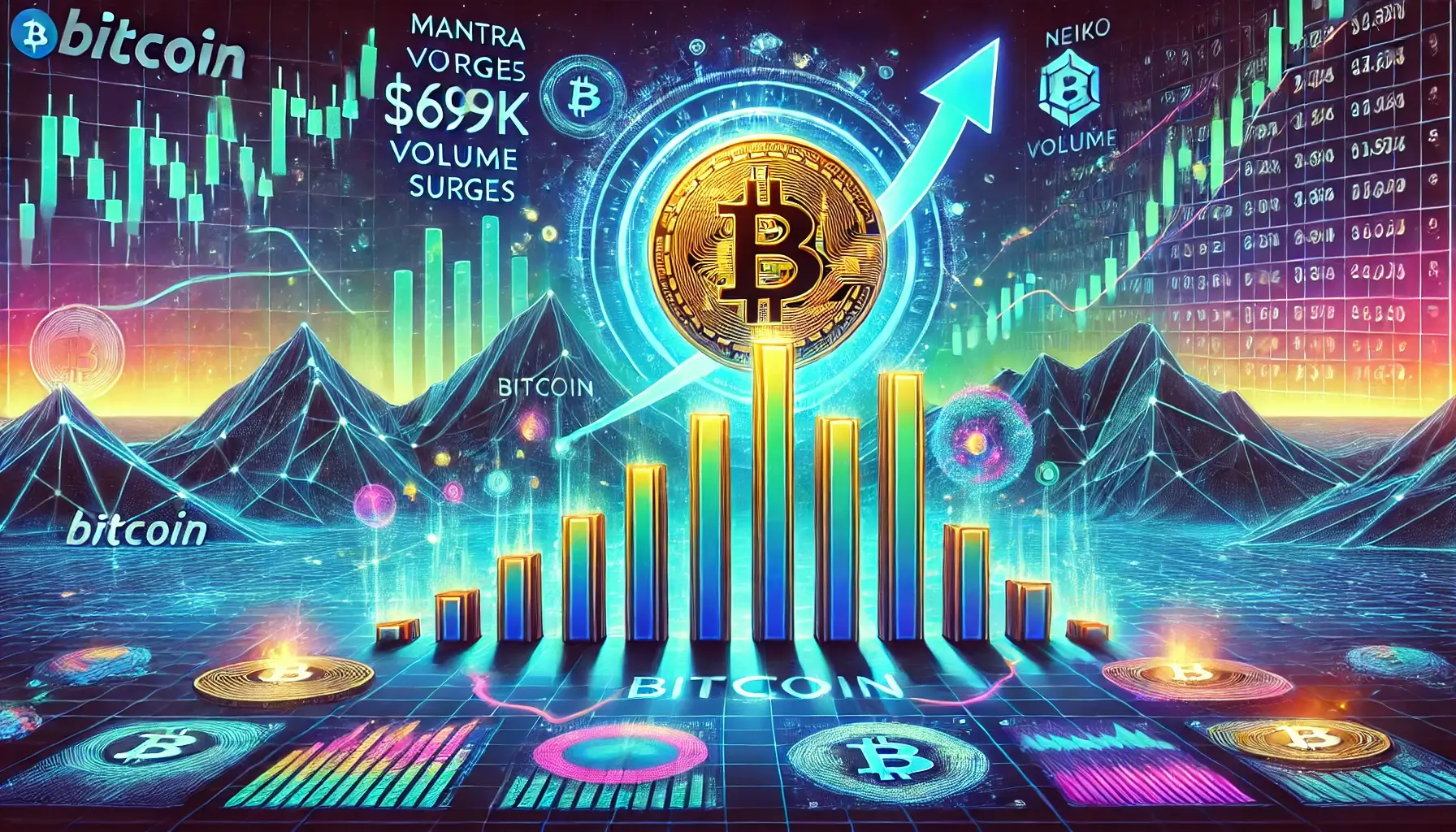The memecoin market is buzzing again, with PEPE making waves as smart traders on decentralized exchanges (DEXs) accumulate. Memecoins, often known for their volatility, typically rely on social sentiment and market hype for value spikes. However, PEPE seems to be capturing interest beyond mere internet banter, hinting at possible price surges ahead.
Recently, data has shown a notable increase in PEPE accumulation by traders on DEXs. This accumulation trend is often interpreted as a sign of positive market sentiment, with traders potentially positioning themselves for a rally. Unlike traditional cryptocurrencies with deep-rooted use cases, PEPE’s journey has relied largely on its community and meme status, making it a speculative yet potentially rewarding investment for some.
However, market enthusiasts are quick to remind that memecoins like PEPE come with inherent risks. Their price trajectories can be unpredictable, sometimes leading to wild gains or steep losses. For PEPE, maintaining momentum will depend on several factors: market sentiment, broader crypto trends, and the ability of its community to keep engagement high. Notably, a surge in trading volumes typically supports upward momentum, but it remains to be seen if PEPE can sustain the attention it’s currently receiving.
The memecoin space is a constantly shifting landscape, with projects often rising and falling in the blink of an eye. While some traders see PEPE’s renewed accumulation as a signal of potential upside, caution remains critical. The next few weeks will likely determine whether PEPE can ride this wave to achieve a new all-time high or if the memecoin mania will fade as quickly as it started.
As PEPE attempts to break new ground, its performance serves as a reminder of the high-stakes, high-reward nature of the memecoin market. Investors and traders alike are watching closely, hoping to capitalize on the next big move.
Source : Pepe: Can the memecoin hit new ATH as smart DEX traders accumulate?


.png)

.png)


.png)









